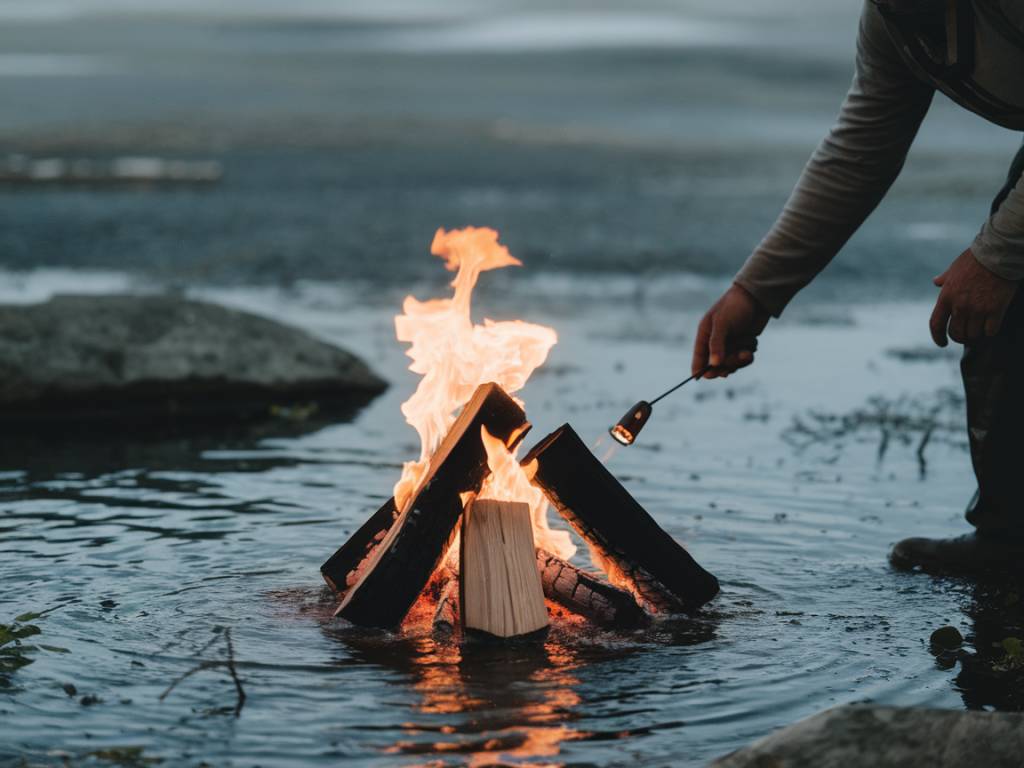
How to make a fire in any weather conditions
Importance of Fire in Survival Situations
When venturing into the great outdoors, the ability to make a fire is one of the most crucial survival skills one can possess. Fire provides warmth, the means to cook food, purify water, signal for help, and can even boost morale in challenging situations. Whether you’re camping during a sunny summer afternoon or braving the chill of a snowy winter night, knowing how to make a fire in any weather condition is invaluable.
Understanding the Basics: The Fire Triangle
Before diving into methods of making a fire, it’s essential to comprehend the fundamental principles of fire itself. The fire triangle comprises three elements: heat, fuel, and oxygen. All three must be present for a fire to ignite and sustain itself. Remove any one of these components, and the fire will extinguish. Understanding this basic principle can help troubleshoot any challenges you might face in various weather conditions.
Necessary Supplies for Making a Fire
To ensure your success in any weather, it’s critical to pack the right supplies:
- Waterproof matches
- Firestarter (like cotton balls dipped in petroleum jelly or commercial fire starter blocks)
- Tinder (dry leaves, bark, or even newspaper)
- Kindling (small sticks or twigs)
- Fuelwood (larger logs and branches)
Steps to Build a Fire
No matter the weather conditions, the fundamental steps to build a fire remain constant. Here is a step-by-step guide:
- Prepare the Fire Site: Clear a circular area of any debris, ensuring there are no overhanging branches. If the ground is damp or snowy, create a platform using rocks or green logs to keep your fire elevated.
- Gather Your Materials: Collect tinder, kindling, and fuelwood. Make sure to have an ample supply, as you don’t want to scramble for materials once your fire is started.
- Build a Base: Lay down your tinder first. Above it, arrange your kindling in a teepee or lean-to structure. Leave enough space for airflow but close enough to ignite the larger pieces of wood.
- Ignite the Tinder: Use your waterproof matches or firestarter to ignite the tinder. Ensure you have multiple matches or other ignition methods at your disposal.
- Add Fuel Gradually: Once the kindling has caught fire, add larger pieces of fuelwood gradually. Start with smaller pieces and work your way up to larger logs. Ensure the fire has adequate oxygen to burn efficiently.
How to Make a Fire in Wet Conditions
Starting a fire when everything is soaked can be daunting but not impossible. Here’s how you can manage:
- Seek Dry Materials: Look for dry tinder and kindling materials in sheltered areas, under rock overhangs, or within tree cavities. Scrape away the wet, outer layers of bark to find dry wood inside.
- Use Waterproof Fire Starters: Waterproof matches, lighters, and magnesium fire starters are reliable in wet conditions. Commercial fire starter blocks are also highly effective.
- Elevate Your Fire: If the ground is wet, use a rock or log base to keep your fire off the damp ground. This will help prevent the moisture from seeping into your fire materials.
- Keep It Small Initially: Start with a small fire and gradually add more kindling and fuelwood as it builds up heat. Younger flames are more vulnerable to moisture, so give them time to establish a strong core.
How to Make a Fire in Windy Conditions
Starting a fire in the wind requires careful planning and setup:
- Find Shelter: Use natural barriers like rocks, logs, or even dig a shallow pit in the ground to shield your fire from the wind. Creating a windbreak can significantly improve your chances of success.
- Use the Wind to Your Advantage: Position your fire so that the wind supplies it with a steady stream of oxygen but isn’t so strong that it blows out your initial flame. Angle your setup to allow the wind to feed the flames, not extinguish them.
- Secure Your Materials: Ensure your tinder and kindling aren’t too loose. The wind can easily blow them away before they catch fire. Weigh down the materials with stones if necessary.
How to Make a Fire in Snowy Conditions
Snow presents a unique set of challenges for fire-making. Follow these steps to improve your chances:
- Create a Solid Base: Clear snow down to the ground or create an elevated platform using green logs or rocks. This helps insulate the fire from the cold, wet ground.
- Use Dry Wood: Split larger logs to access dry wood inside. Dry wood burns more efficiently and produces more heat, which is crucial in cold conditions.
- Keep Your Matches and Fire Starters Warm: Cold temperatures can make ignition sources less effective. Store matches, lighters, and fire starters close to your body to keep them warm.
Safety Tips When Making a Fire
While making a fire is essential for survival, it also comes with responsibilities:
- Choose a Safe Location: Clear the surrounding area of dry leaves, grass, and other flammable materials. Avoid building fires under overhanging branches or near tents.
- Keep Water and a Shovel Handy: In case the fire gets out of control, having water and a shovel ready can help you douse the flames quickly.
- Never Leave a Fire Unattended: Always keep an eye on your fire. A momentary lapse in attention can turn a campfire into a wildfire.
- Extinguish Completely Before Leaving: Pour water over the fire and stir the ashes until they are cold to the touch. Ensure there are no remaining embers that could reignite.
Additional Fire-Making Tools and Gadgets
While traditional methods work well, modern technology offers various tools and gadgets to make fire-starting easier and more reliable:
- Ferrocerium Rods: These rods produce a shower of sparks when scraped with a metal striker, making them a reliable ignition source even in wet conditions.
- Electric Fire Starters: Battery-operated devices can generate enough heat to ignite tinder. They are especially useful in wet or windy conditions.
- Fire Piston: This tool uses rapid compression of air to ignite a small piece of tinder. It’s a fascinating and effective method grounded in physics.
Mastering the art of fire-making in any weather condition is a skill that takes practice and preparation. By understanding the basics, gathering the right supplies, and adapting to the conditions, you can ensure that you’re ready to light a fire come rain, wind, or snow. Stay safe and enjoy your adventures in the great outdoors!

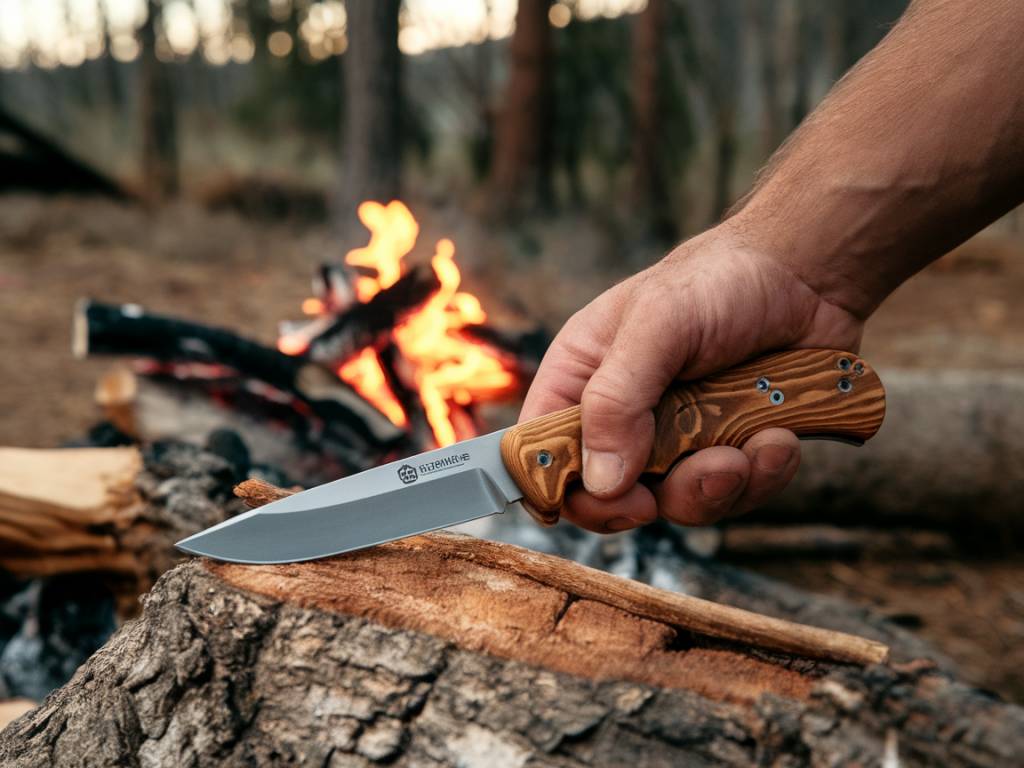 Best survival knives for outdoor adventures
Best survival knives for outdoor adventures 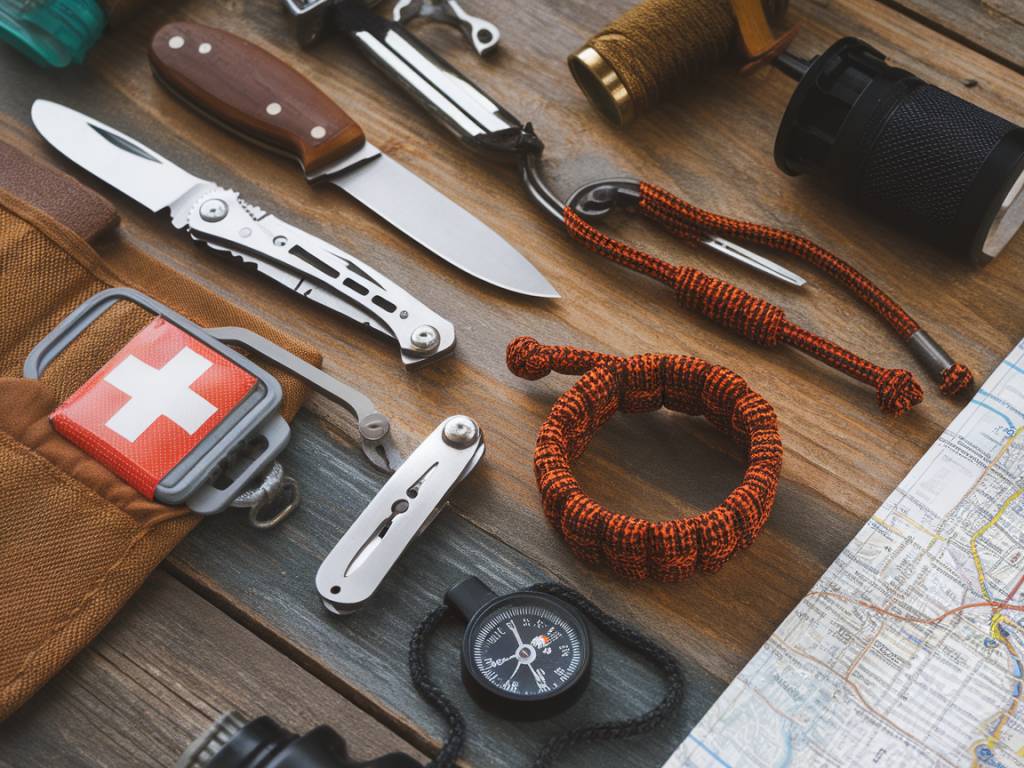 10 must-have survival tools for any adventure
10 must-have survival tools for any adventure 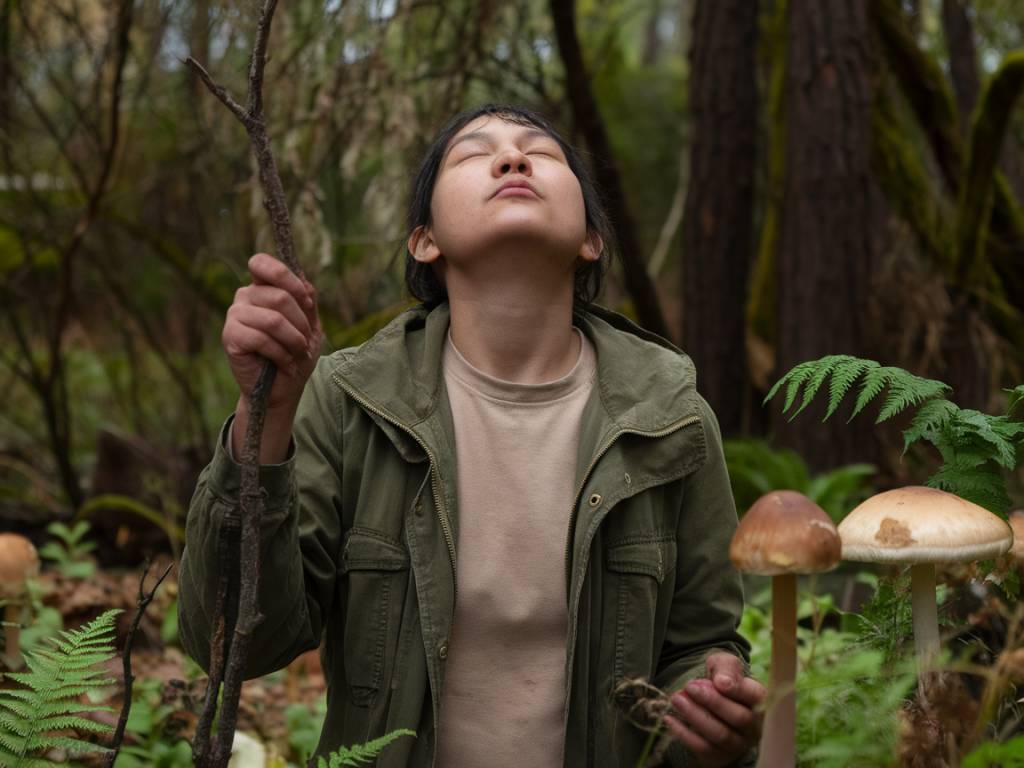 Wild foraging: identifying edible plants in the wilderness
Wild foraging: identifying edible plants in the wilderness 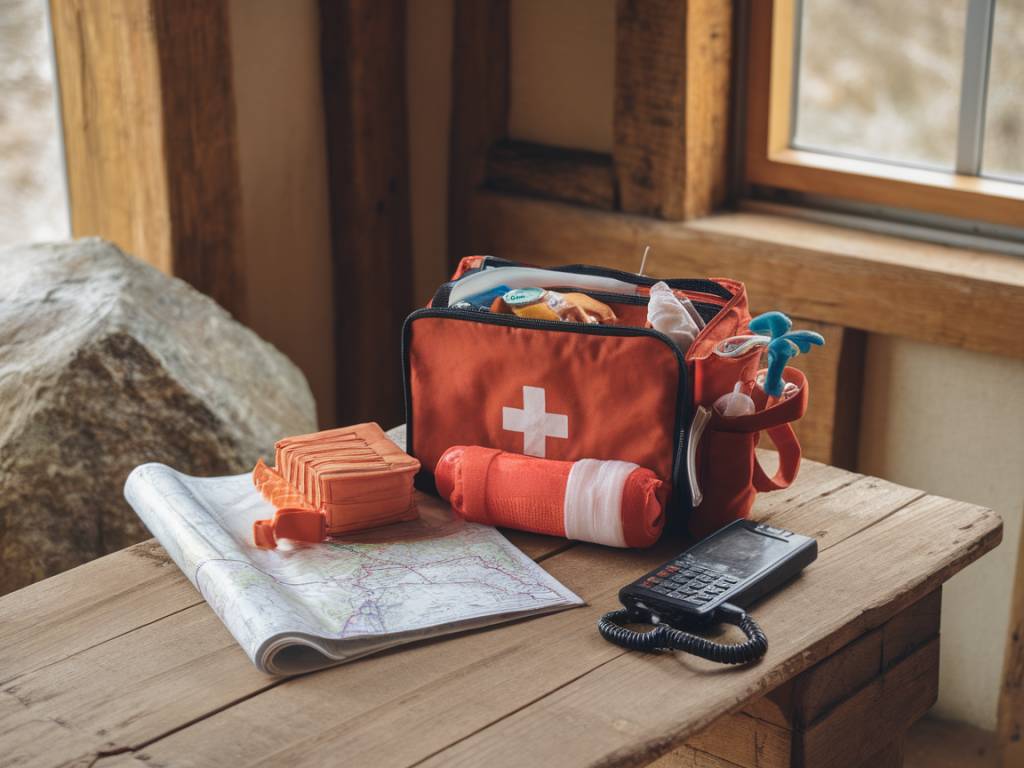 How to handle emergencies in remote locations
How to handle emergencies in remote locations 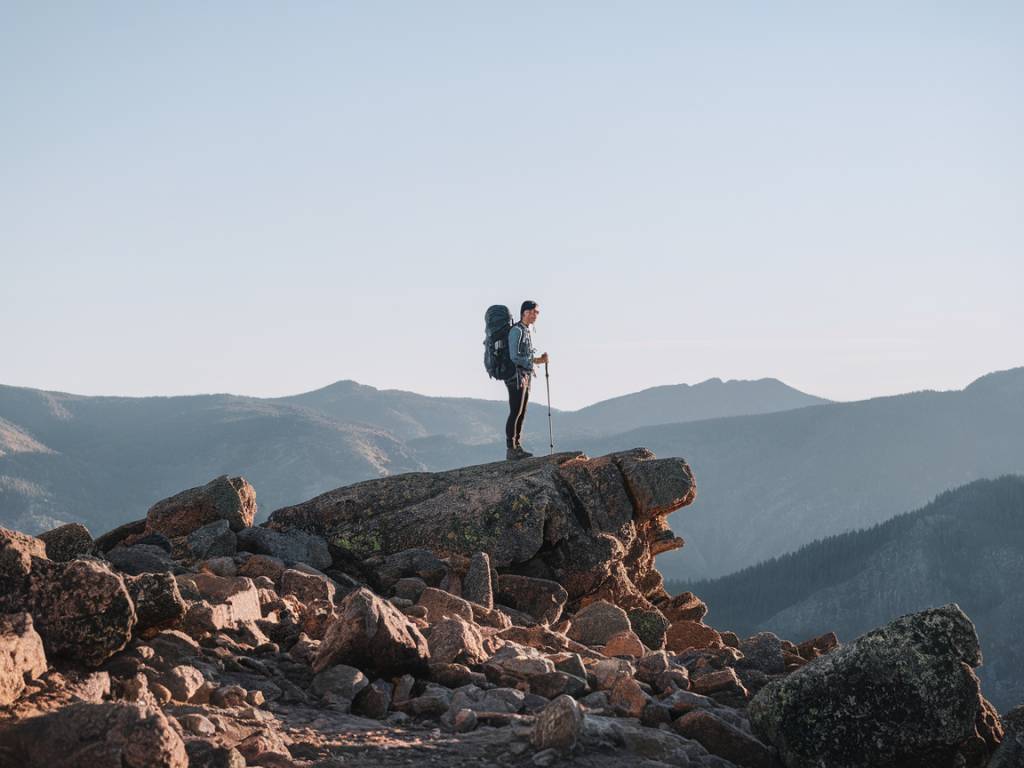 How to stay safe while solo hiking in remote areas
How to stay safe while solo hiking in remote areas 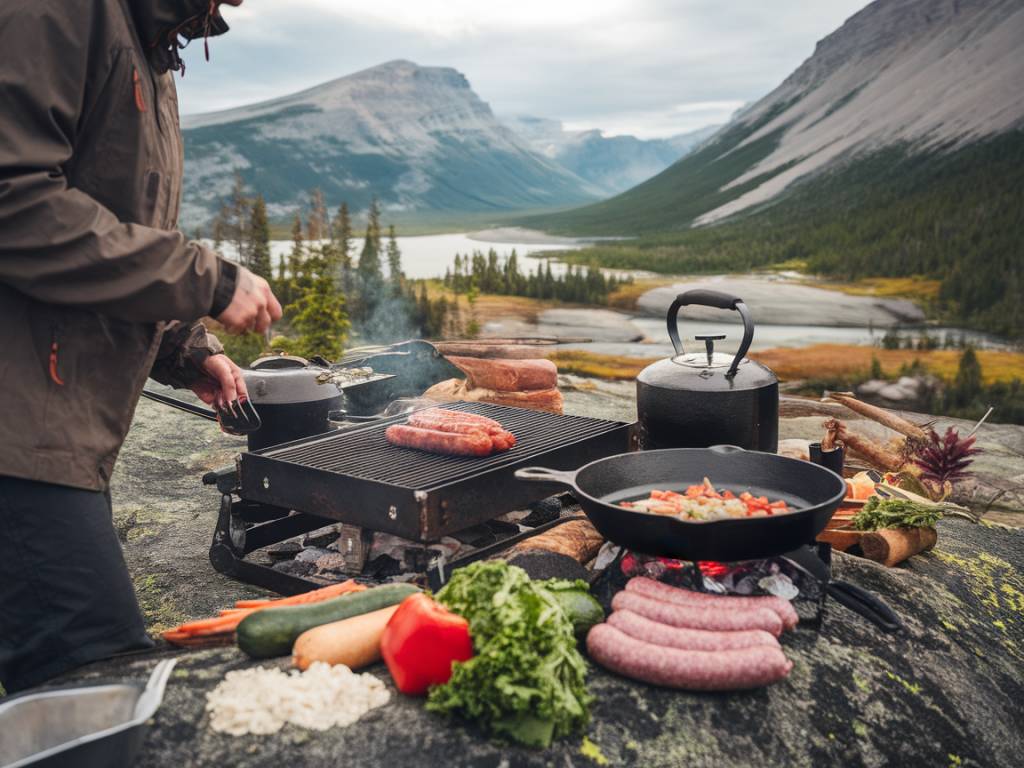 Best off-grid cooking equipment for adventure trips
Best off-grid cooking equipment for adventure trips 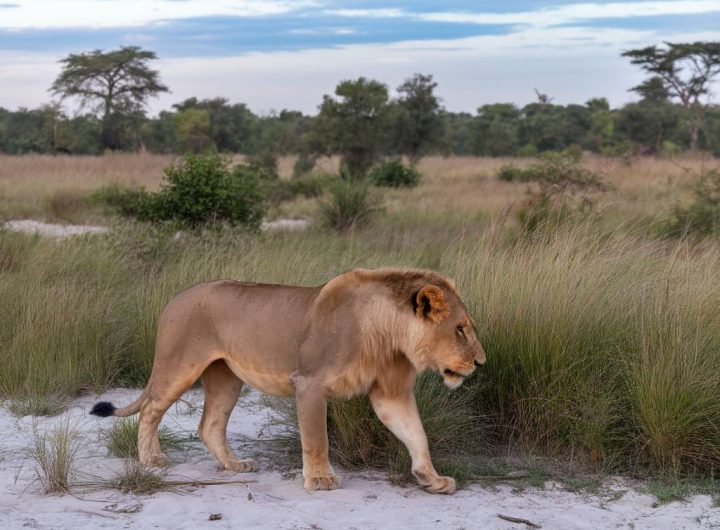 Best African safari destinations: top 5 experiences in Africa
Best African safari destinations: top 5 experiences in Africa 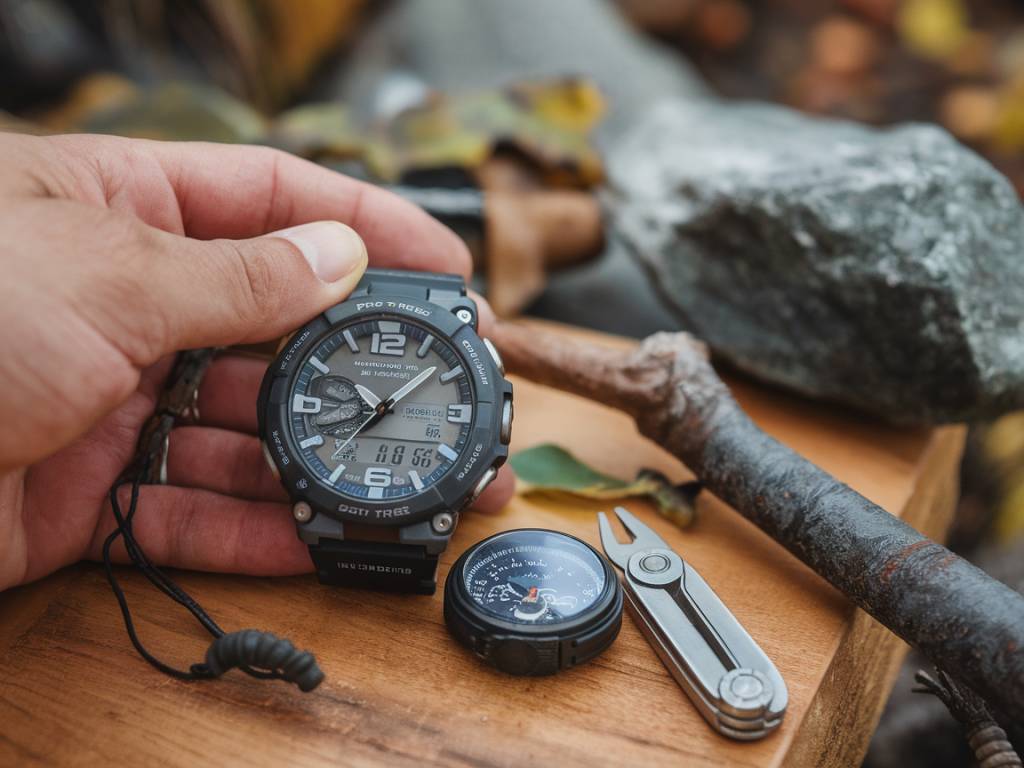 Top 5 adventure watches with gps and survival features
Top 5 adventure watches with gps and survival features 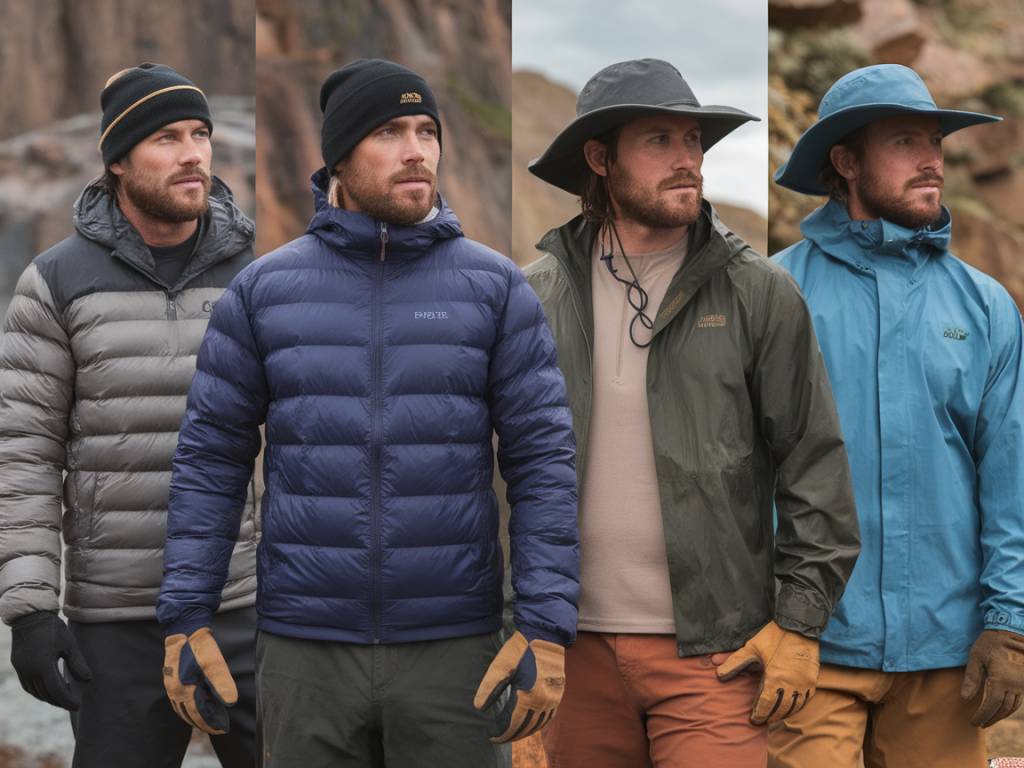 How to choose the right adventure clothing for every climate
How to choose the right adventure clothing for every climate